Accepting My Partner's Gender Transition
Back before the Web, I posted a personal ad in the San Francisco Bay Times, my local LGBT newspaper. It read, in part, “I Like Fun. Seeking brainy brawny girls to frolic with.” I went in with low expectations, so imagine my surprise that, 19 years later, I am happily partnered with the person who answered my ad — someone else who likes “fun.”
From our first phone call on the morning of Jan. 1, 1995, there was an intellectual and emotional crackling between us that has always made our pairing both challenging and exciting. Back then, Willy presented as a butch lesbian but identified as a transgender man, and I articulated an interest in dating a woman-bodied man. What I mean by that was that I wanted someone who would open doors for me, thrill me with chivalry, buy me pretty things, and let me be the girl, but as a self-identified lesbian with a preference for butch women, I was not seeking to partner myself with a man.
Then my butch began transitioning, and I was faced with a choice. I want to tell you why this lesbian chose to stay.
I knew from the start that medical transition was something Willy was considering as a possibility, but somehow it seemed very far away. I appreciated his masculinity within our butch/femme dynamic. Finding my gender opposite and being appreciated for my womanliness felt like a soothing elixir and, at the same time, a thrill ride. Not that there weren’t difficult aspects to our relationship. Willy placed restrictions against touching some parts of his body; there were rules that protected his soul but made mine lonely.
Over the years, he did begin seriously considering transitioning. To be completely honest, the idea of it scared me. I was resistant.
I liked things the way they were. I had the masculine woman I wanted. I had identified as a lesbian since coming out at 16, and I didn’t know how to be the partner of a transgender man. I worried how it would affect my identity. I knew that being perceived by others as a heteronormative couple would afford me some legal, social, and safety privileges that I didn’t yet have — but I deserved those already. I resented that I could only get them if I was with a man.
In 1998 we had a big (though not legally recognized) wedding at the Oakland Rose Garden. In 2004 we were married again (legally, this time) when San Francisco’s then-mayor Gavin Newsom opened the door to same-sex marriages in the city. After that marriage was voided by the courts, we became registered domestic partners before the birth of our first child in 2006. We had two more children, in 2009 and 2012, respectively.
We lived through struggles with illness, finances, and the misery of the Proposition 8 campaign, when our neighbors pointed their “No Gay Marriage Allowed” signs at our house and organized street protests in our neighborhood, yelling their hateful rhetoric at us as we drove our son to preschool. At the same time, Willy and I had the American dream: a home and a family. Our everyday lives, like so many people’s, were a treadmill of drudgery, yet so sweet and lovely.
Then, as I was waiting to find out if I was pregnant with our third child, Willy came to me. “Well, I’ve decided,” he said. “I’m transitioning.”
Even after 17 years together, I wasn’t ready.
I was still so resistant to being seen as heterosexual. Coming from a traditional Greek immigrant family, I had fought long and hard for the right to be myself: a lesbian. And I worried that he would change and become someone else once he transitioned. Yet, at the same time, I did not want to be an unsupportive partner, and I was afraid of being judged by the transgender community for my feelings. His decision ultimately forced my hand, as it has for many partners of transgender people.
And I finally had to ask myself, “If Willy transitioned, would I really break up my family? Would I really leave the person I love?” In response, I kept coming back to the things I loved most about him: his passion, his loyalty, his wicked sense of humor, his intellect, his love for me and our kids. Life without him was unimaginable. So I told him I’d made a decision too.
Whatever Willy’s physical form, I choose him. I choose to stay.
I told him that I couldn’t make any promises that I would easily adjust or even know how I’d react to his changing body, but that I would respect his choice. And I hoped he could respect me and allow space for my feelings as I explored what this meant for me and my own identity.
Two months later he underwent chest reconstruction surgery. I grieved over this change to his body, yet I’ve since found an unanticipated benefit: There are no longer any restrictions against touching his chest. This area that had been banned for so many years was suddenly open territory. Even though the form had changed, the new freedom it allowed me lifted my heart. Moreover, Willy was happy, more at peace than I had ever seen him. More than anything else, this made it easier for me to change as he changed.
Still, there are awkward questions I struggle with: If I make a new friend, when or how or why do I tell them that I am a lesbian and that Willy is transgender? If he went through so much to actualize his reality, what is the purpose of telling? Yet if I don’t tell, I feel like I’ve somehow given an incomplete representation of my own experiences; all my queer struggles are erased. I know that as the partner of a transgender person, I am living my life as an ally — but it is still my life, and I am my central character. So I seek to honor and accept my feelings, whatever they are. I let them exist, and I let them pass.
In the end, Willy is my partner. We swim side by side through these waters. We seek to arrive at the same destination, but the strokes we choose to get there may differ. But that is OK with me, as long as we get there together.
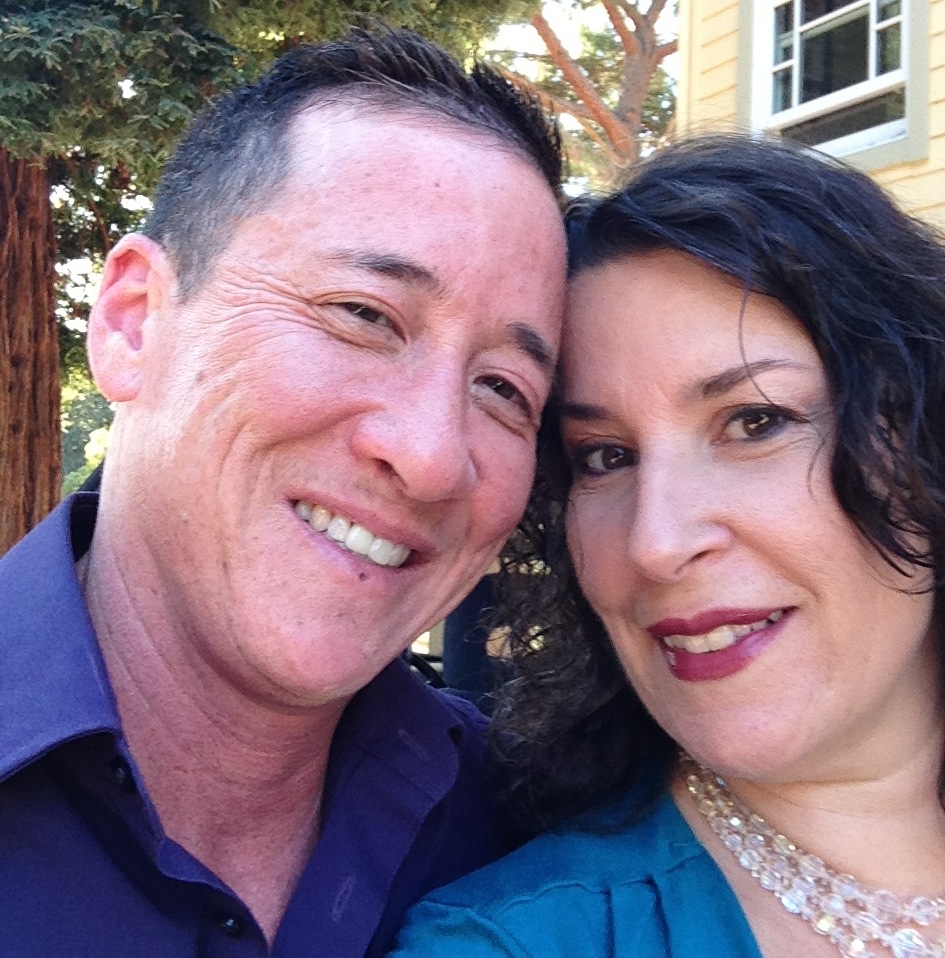
An earlier version of this post appeared on Advocate.com.
www.huffingtonpost.com/georgia-kolias/accepting-my-partners-gender-transition_b_6173430.html?utm_hp_ref=gay-voices&ir=Gay+Voices

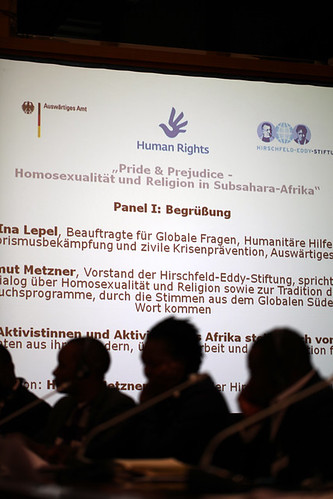

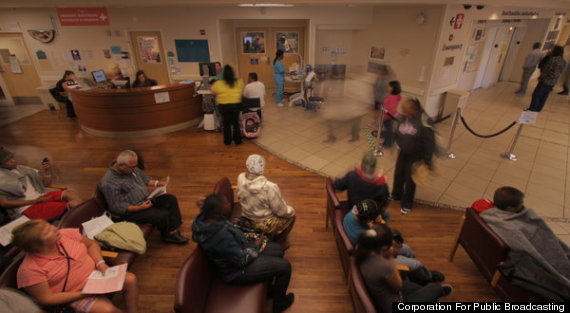
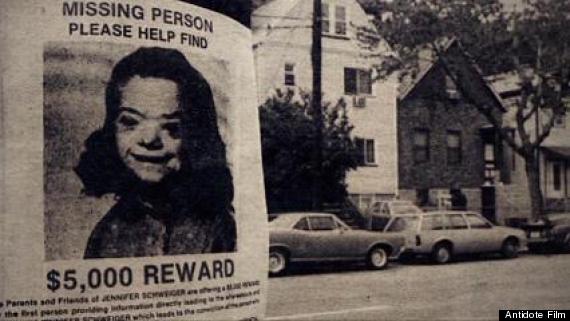
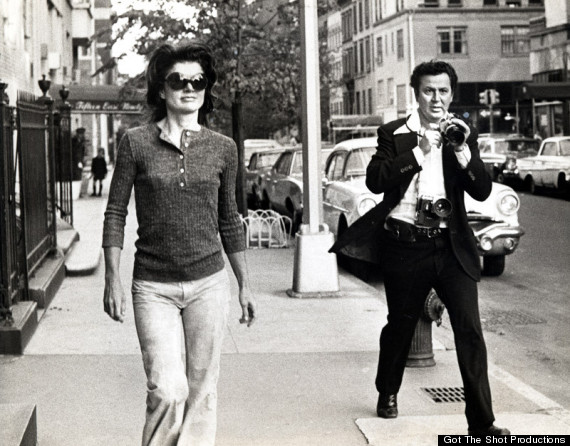
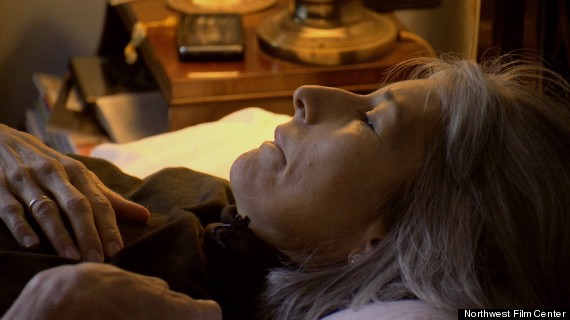
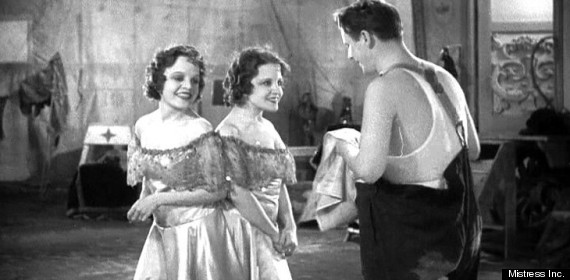
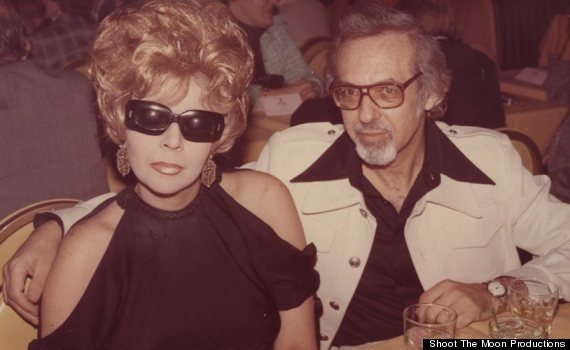

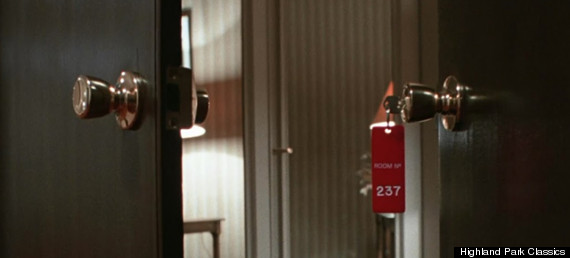
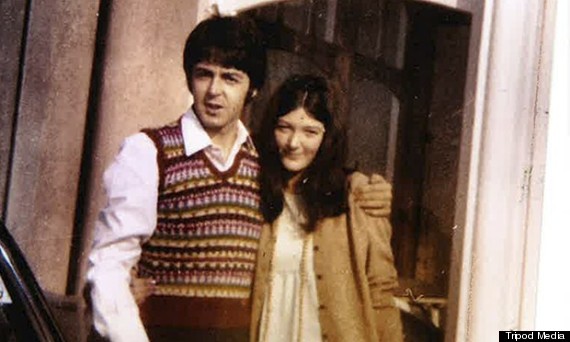

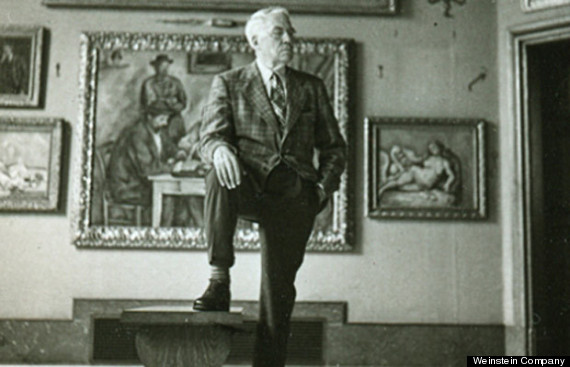
 A
A 